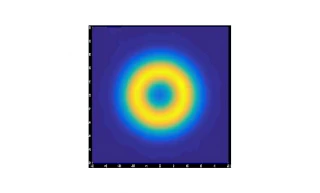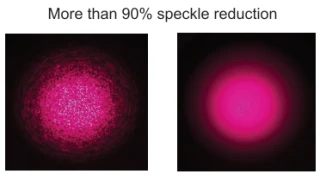Beam Shapers
Frequently Asked Questions
What is a beam shaper?
A beam shaper is an optical device that manipulates the shape, intensity, and profile of laser beams. It can be used to create specific beam shapes, such as top-hat, Gaussian, or ring-shaped, and correct beam aberrations to improve beam quality.
What are some applications of beam shapers?
Beam shapers are used in a wide range of applications, such as laser material processing, laser lithography, and laser beam diagnostics. They can be used to shape the beam into specific profiles for optimal results.
What types of beam shapers are available?
Beam shapers can be designed using diffractive, refractive, or hybrid approaches. Diffractive beam shapers use micro- or nanostructures to manipulate the phase of the incoming beam, while refractive beam shapers use lenses to shape the beam. Hybrid beam shapers combine both approaches for improved performance.
How do I choose the right beam shaper for my application?
Choosing the right beam shaper for your application depends on several factors, such as the laser source, beam characteristics, and desired output profile. At Findlight.net, we offer a wide range of beam shapers for laser applications and can provide expert consultation to help you find the perfect solution for your needs.
Can I get custom beam shapers?
Yes, many suppliers offer custom beam shaping solutions for laser applications. Their team of experts can work with you to design and manufacture the perfect beam shaper for your specific needs.
Findlight.net offers a wide range of beam shapers for laser applications, including diffractive, refractive, and hybrid designs. With options for custom solutions and expert consultation, you can find the perfect beam shaper for your optical system.

